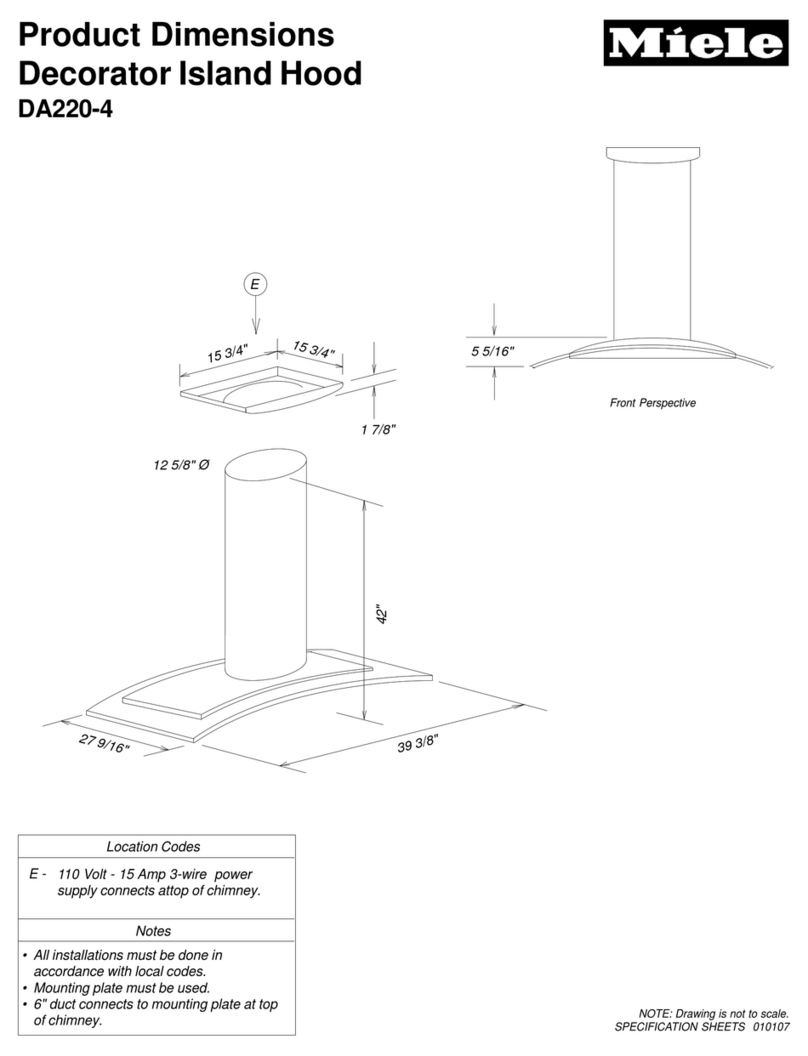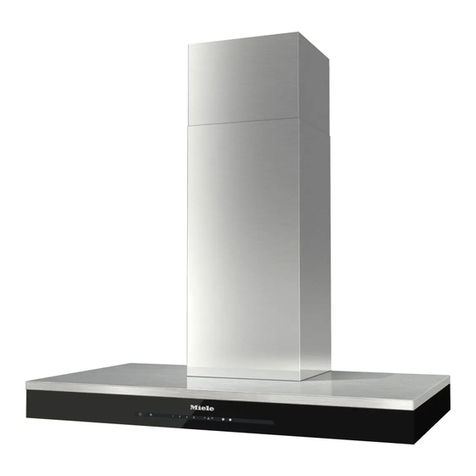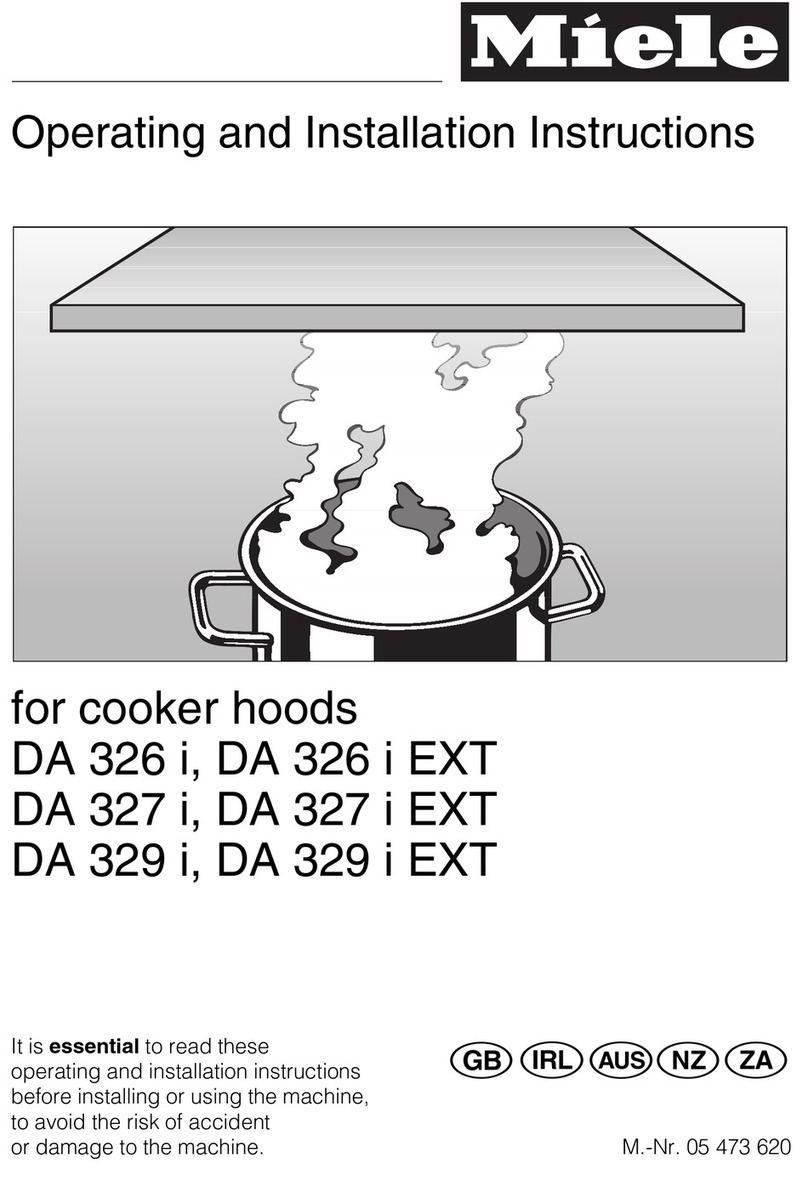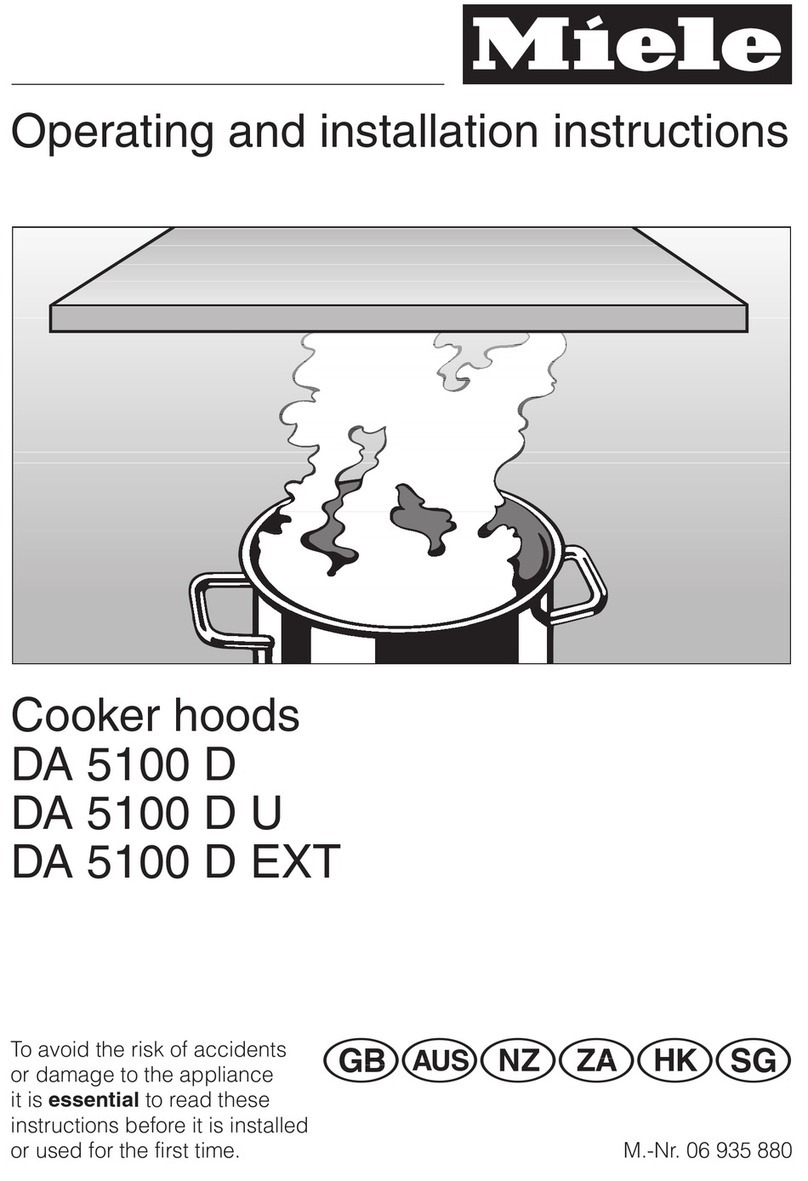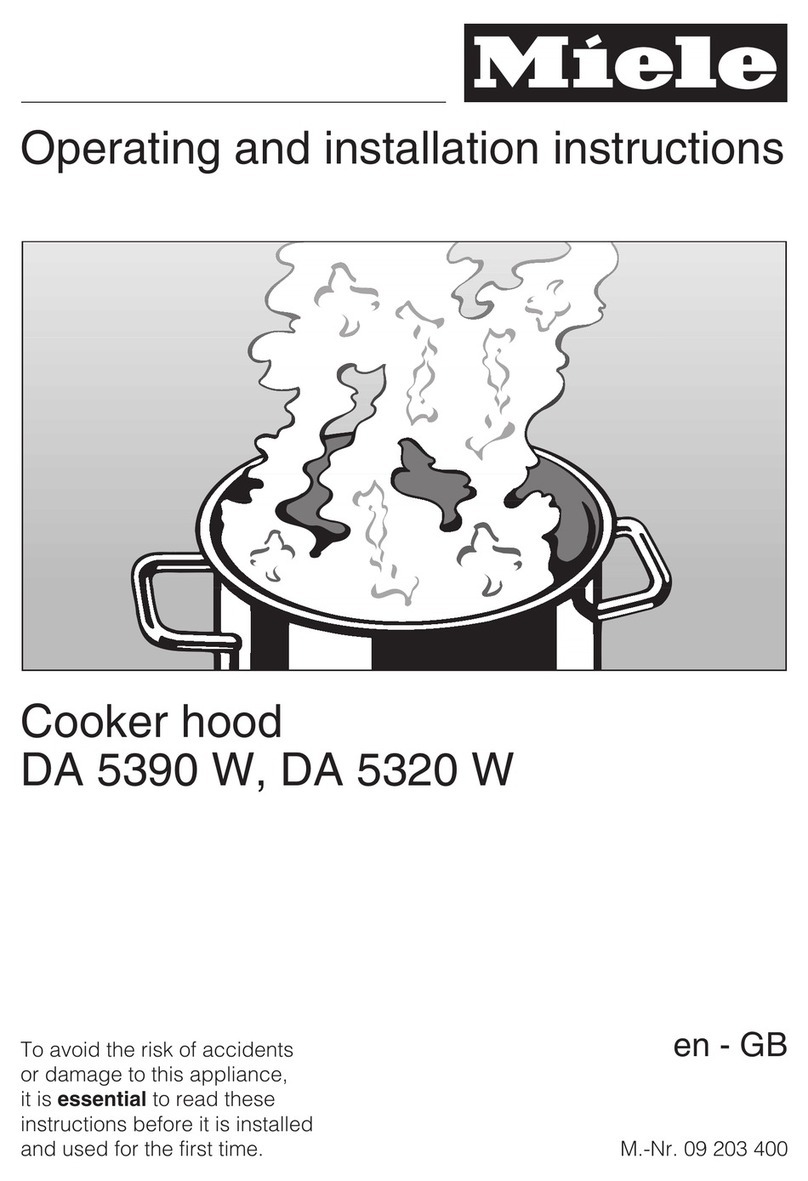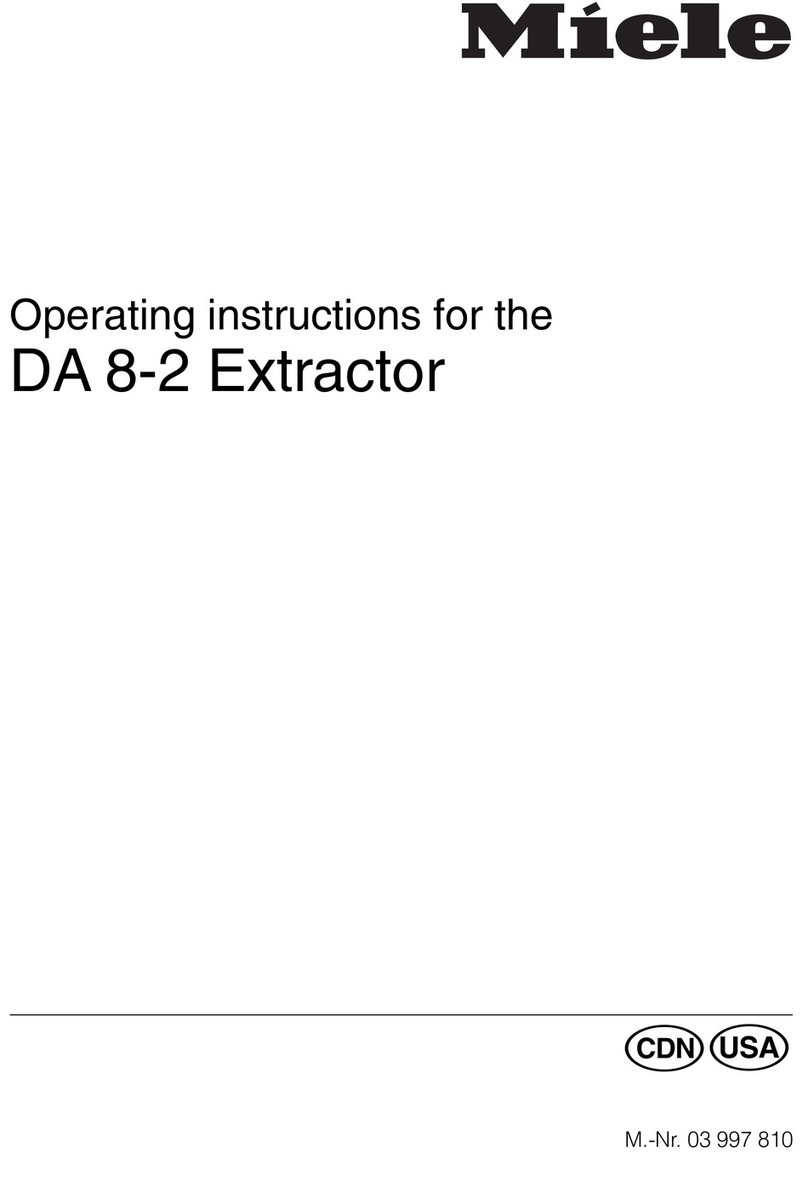Contents
2
Warning and Safety instructions.......................................................................... 3
Caring for the environment ................................................................................ 12
Description of the functions............................................................................... 13
Guide to the appliance........................................................................................ 14
Operation.............................................................................................................. 16
Switching the fan on.............................................................................................. 16
Selecting a power level ......................................................................................... 16
Switching the fan off ............................................................................................. 16
Switching the cooktop lighting on/off ................................................................... 16
Energy saving tips ............................................................................................... 17
Cleaning and care ............................................................................................... 18
Housing ................................................................................................................. 18
Grease filters ......................................................................................................... 19
NoSmell active charcoal filters .............................................................................. 21
Disposing of the charcoal filters ....................................................................... 21
Changing a lamp ................................................................................................... 22
After sales service and warranty ....................................................................... 23
Position of the data plate ...................................................................................... 23
Warranty: Other countries ..................................................................................... 23
Installation............................................................................................................ 24
Before installation.................................................................................................. 24
Installation recommendations ............................................................................... 24
Appliance dimensions ........................................................................................... 24
Safety distance (S) ................................................................................................ 25
Fitting the furniture front........................................................................................ 26
Depth adjustment.................................................................................................. 27
Wall installation...................................................................................................... 27
Height adjustment ................................................................................................. 29
Connecting to adjacent furniture units/fitting side panels..................................... 29
For air extraction mode ......................................................................................... 30
For recirculation mode........................................................................................... 31
Mains connection .................................................................................................. 31
Electrical connection .......................................................................................... 32
Connection for air extraction ............................................................................. 33
Technical data...................................................................................................... 34







